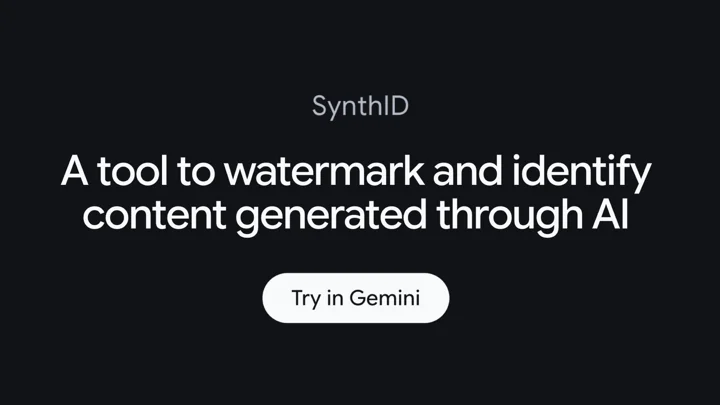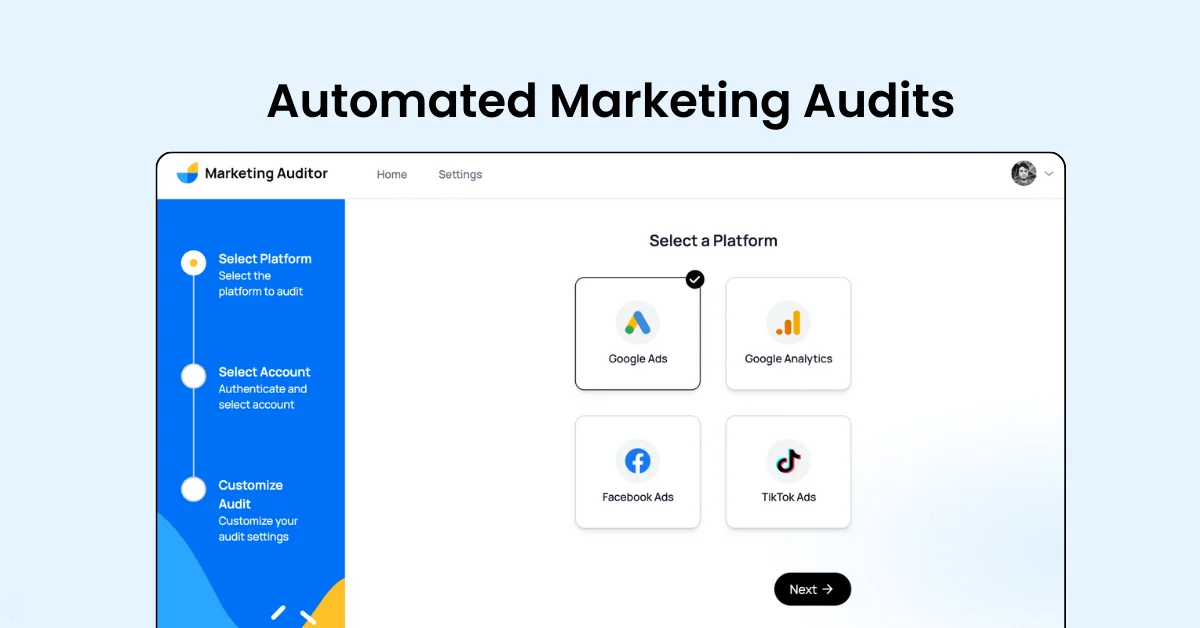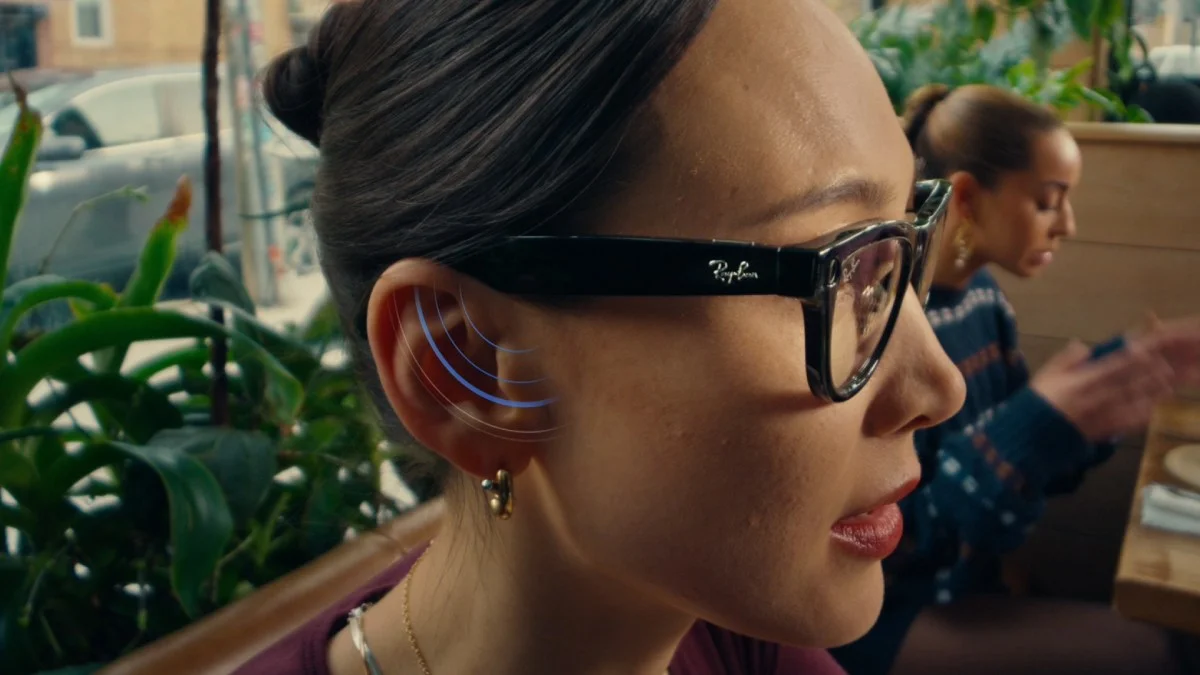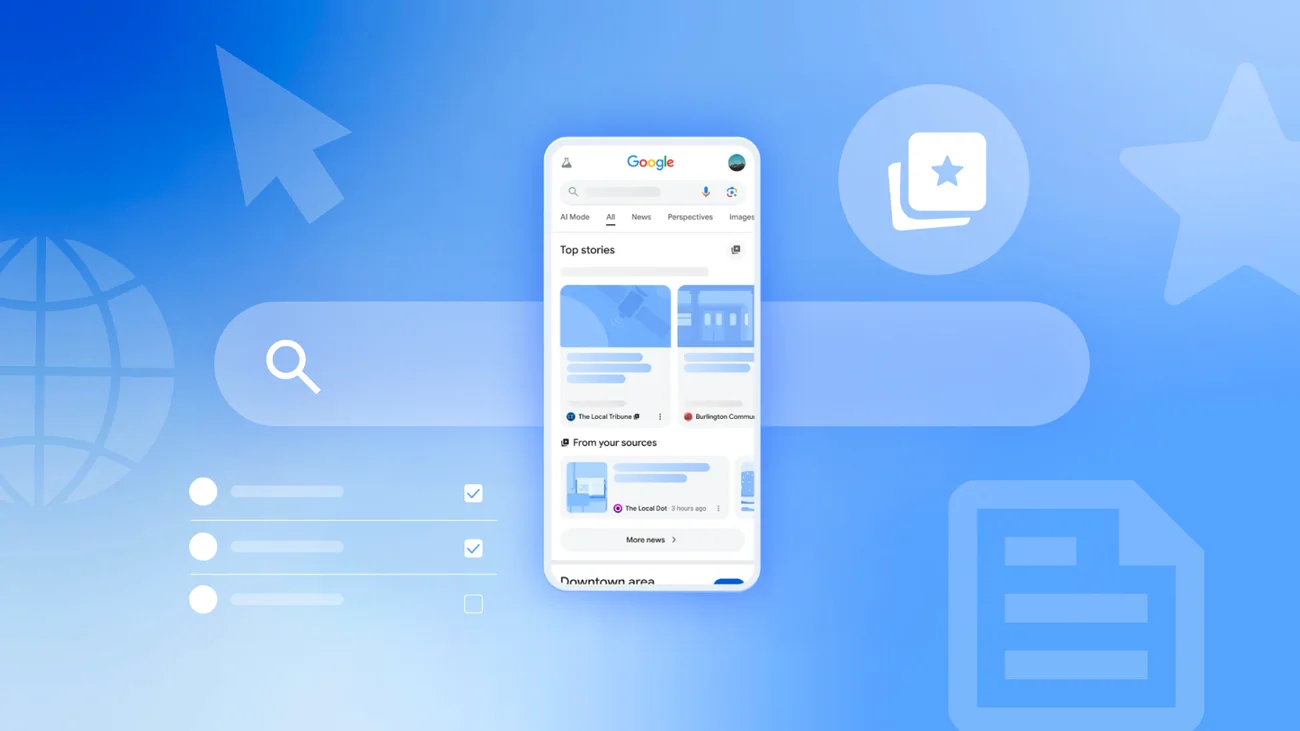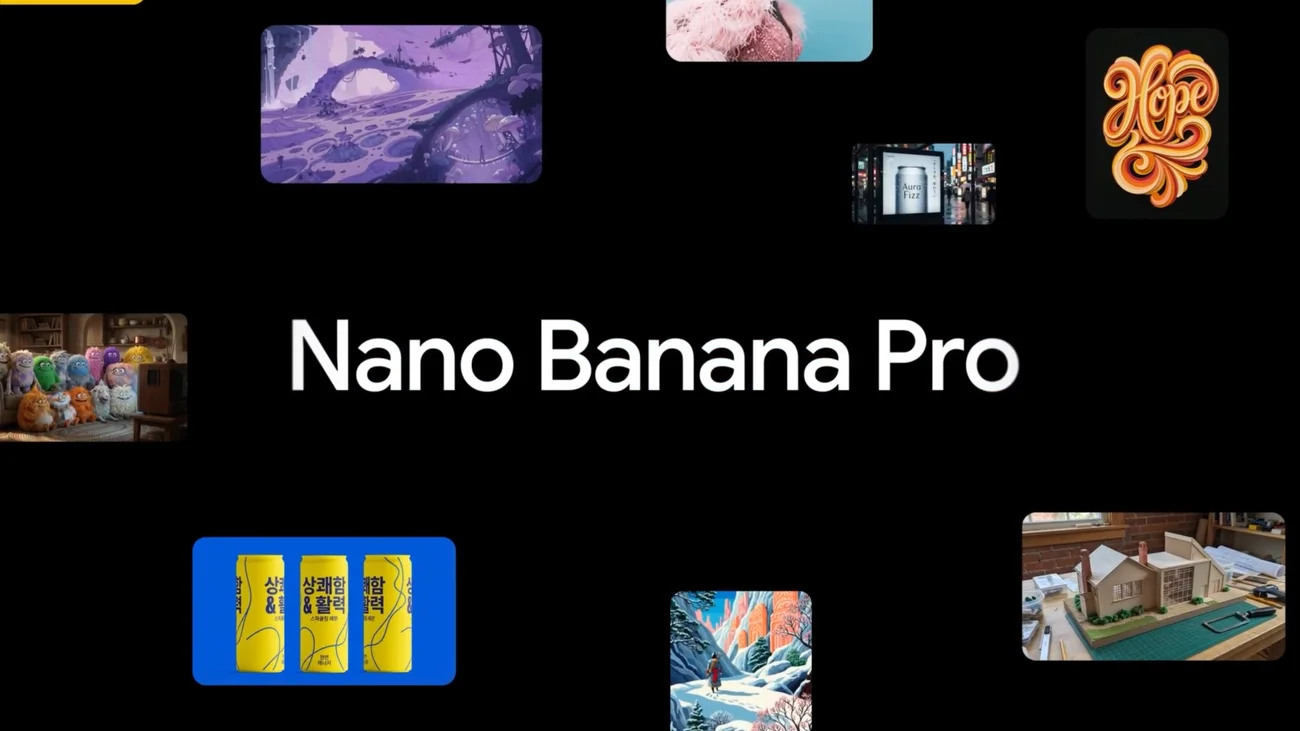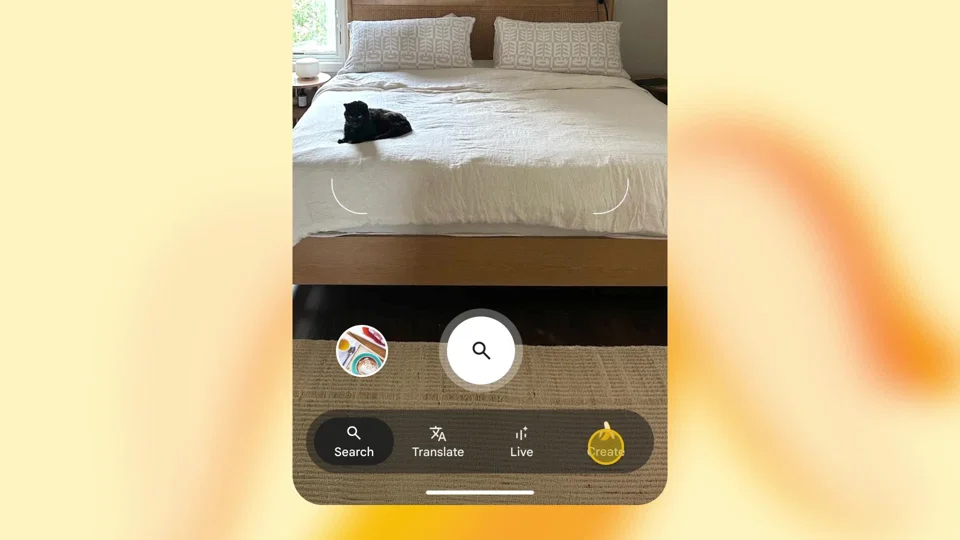The creator economy is witnessing the rise of virtual influencers, digital characters used to reach new audiences and showcase innovation. This trend, although not new, has gained traction with the growth of AI and the creator economy. Luxury fashion brand Coach and social platforms like TikTok are already leveraging virtual influencers.
Advantages of virtual influencers include:
- Low production costs: Virtual influencers can significantly reduce campaign costs as they eliminate the need for physical production elements. For example, a full-scale video production with a human influencer might cost around $50,000, while a virtual one could reduce that cost to less than $1,000.
- Schedule flexibility: Virtual influencers can work round the clock and are not bound by human schedules.
- Control over content: With virtual influencers, marketers can maintain full control over content, avoiding potential scandals associated with human influencers.
Examples of successful virtual influencers include Lu do Magalu, a virtual assistant of Brazilian retail company Magazine Luiza, and Lil Miquela, created by American AI media company Brud.
However, there are also concerns:
- High tech costs: The cost of creating a virtual influencer can be high due to the advanced technology and coding involved.
- Lack of authenticity or emotion: Virtual influencers can't replicate human experiences and emotions, which can impact their authenticity.
- Impact on human influencer rates: The rise of virtual influencers could potentially drive down rates for human influencers.
The creator economy is still working out regulations regarding payments and rates, and the impact of virtual influencers on this is yet to be seen.


